
Published At: 08 Aug 2024
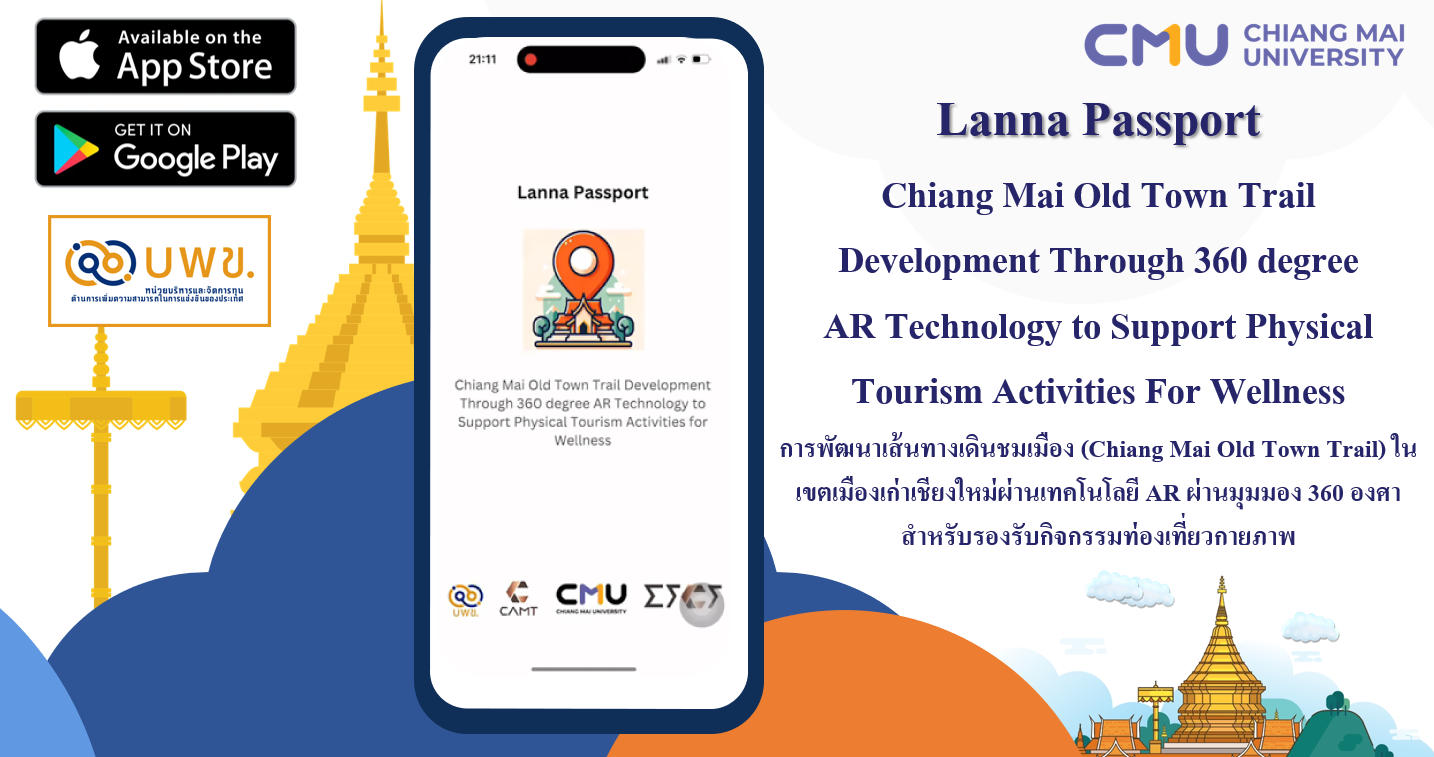
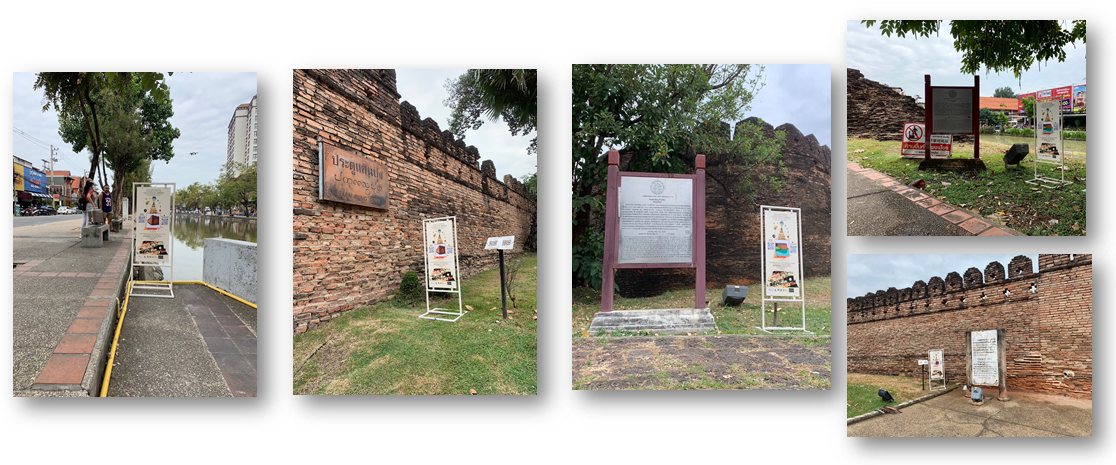
Sub-project 3 places its research and operational focus on information technology as a means to elevate the tourism experience. Rooted in the "Play and Earn" concept, it has undertaken the task of enhancing the Lanna Passport application, which is available on both iOS and Android platforms. This development revolves around the integration of technology and techniques that amalgamate physical elements, soundscapes, and environmental factors. It harnesses Augmented Reality technology and AI Image Recognition to craft a city walking route known as the Chiang Mai Old Town Trail. This trail offers a 360-degree AR technology perspective, thereby supporting physical tourism activities. This is a research and development project with practical applications, aiming to support future planning and strategize new forms of tourism emerging from the knowledge base of information technology.
The results stemming from the testing phase, including field testing and usability assessments conducted with a qualitative custom sample group, underscore the effectiveness of the control system. Statistical analysis can demonstrate that there is no significant difference in satisfaction among various groups. It not only provides a responsive and immersive testing experience but also seamlessly links users to the stories that have unfolded within the system's support framework. This innovative approach fosters an entirely new style of exploration, elevating the tourism experience to unprecedented heights. The project holds the potential to enhance tourism efficiency, leveraging rooted in Lanna culture and transforming it into a digital format.
More Information visit : https://superapp.camt.cmu.ac.th/
Link: Related paper -->>: Frontiers in Computer Science

Download app via Google Play : https://play.google.com/store/apps/details?id=th.ac.cmu.camt.lannaleisure&pli=1
Application Smart ICT Med
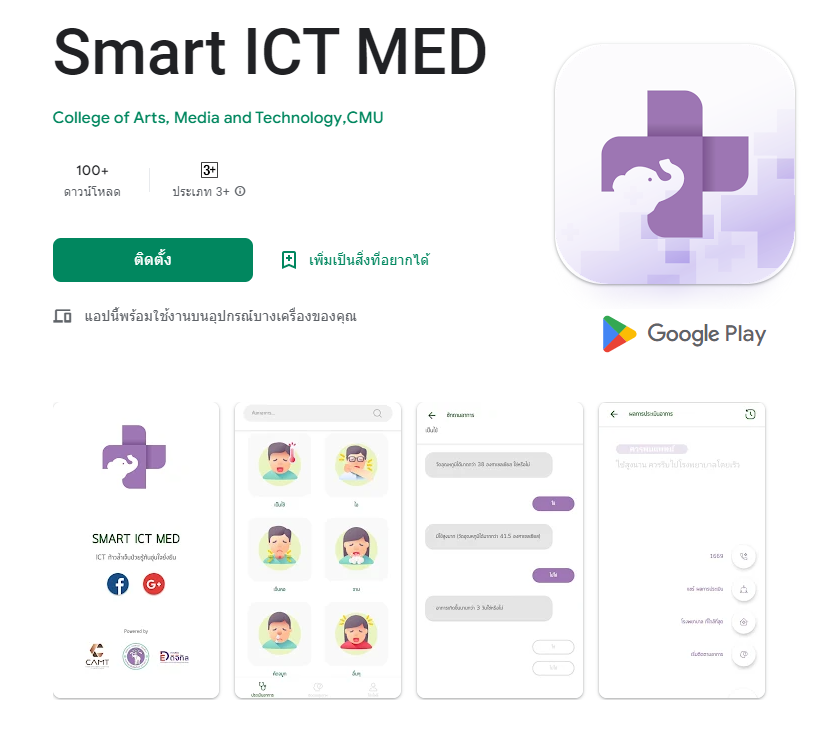
Development and Implementation of Thailand Triage Mobile Application
The medical personnel, especially the primary care doctors could effectively manage and forward patient in the correct order to suit the resources and medication available. Before admitting patients into the emergency department, the pre hospital process is important both in terms of treatment performance and requesting resources from an emergency unit. The existing system to triage patients in Thailand is not functioning optimally in either the primary medical system or pre hospital treatment. Areas that contain shortcomings include speed, features, and appropriate systems. There is a high possibility of misrepresenting false Initial Dispatch Code (IDC) which causes over or under utilizing emergency resources, such as rescue teams, community hospitals and emergency medical volunteers.
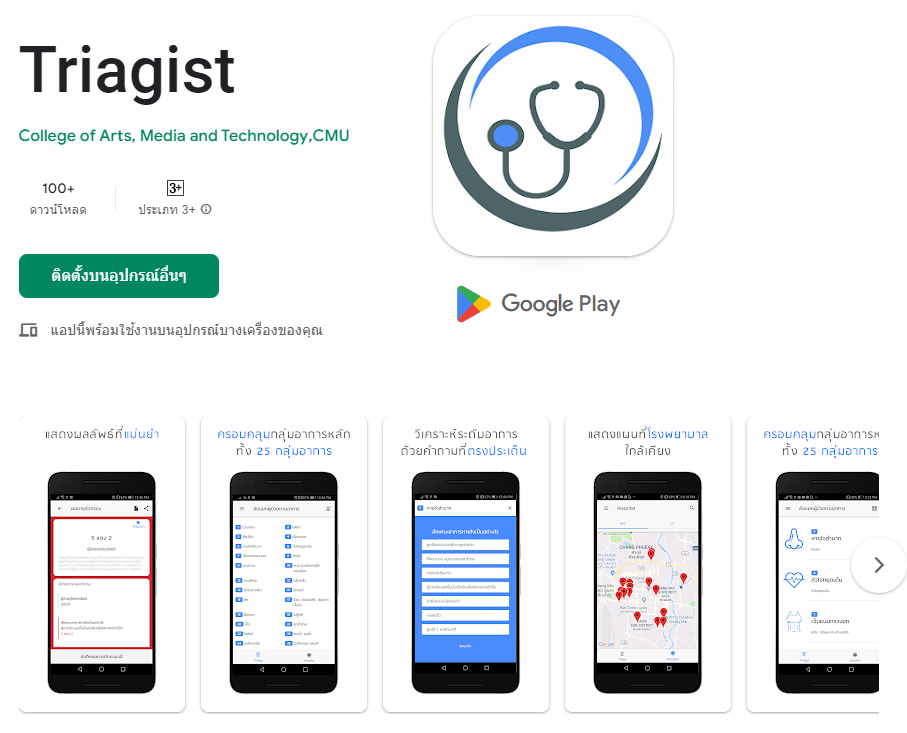
Link: Application -->> https://play.google.com/store/apps/details?id=th.ac.cmu.camt.triage
------------------------------------
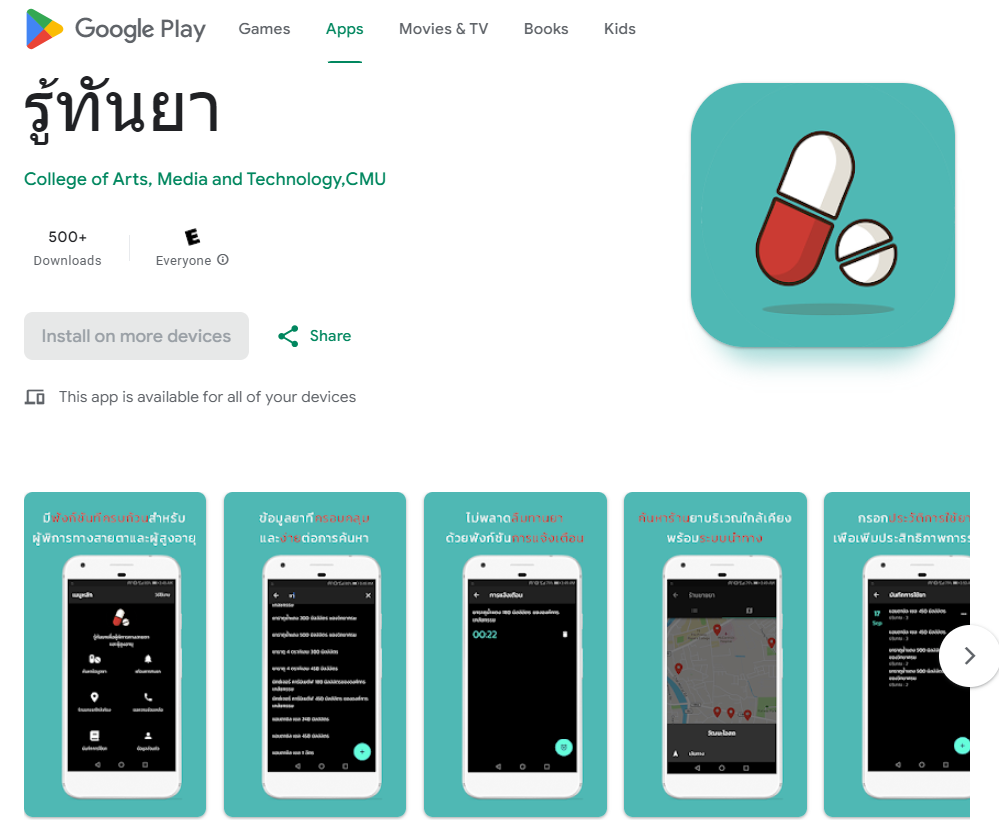
Applications called "Ru tan Ya" related to medical or public health services are becoming increasingly popular as people pay more attention to their healthcare. In Thailand, there are applications like Ya and You, which provide drug information aimed at offering basic indications and knowledge to help users understand drug usage. These applications are designed to provide accurate medication information, enhancing users' understanding of medicines. However, the available applications may have limitations, especially for groups like the visually impaired or the elderly who require applications tailored to their usage patterns, particularly those with a Disability mode function, which some applications may not fully support. Consequently, these user groups might not be able to access this crucial information.
This research project, therefore, marks the beginning of the development of a medicine knowledge application for the visually impaired and the elderly. We are focusing on developing an application that supports use with the Disabled function (Disability mode), catering specifically to the needs of the visually impaired. Developed for both iOS and Android operating systems, its main functions include searching for drug lists, medication reminders, recording personal medicine lists, finding nearby pharmacies, and contacting for help. The application was tested with a sample of visually impaired individuals, selecting 20 people for designing and developing prototypes. This was based on interviews about the needs of the visually impaired, conducted with 60 people using the Focus group method and the Snowball Technique (which involved interviewing alongside system testing).
From testing and developing the system, it was found that the system can provide accurate and comprehensive basic medicine list information and information for proper use. It presents information in a way that is easier to understand compared to other applications in the market. The system also supports the addition of personal medication lists into the application's database and the device's memory. Testing of the system's features and performance with the sample group revealed that the system possesses the required features and could potentially inspire further development of this system or other aids for the visually impaired.
Link: Related paper -->> https://bmcmedinformdecismak.biomedcentral.com/articles/10.1186/s12911-021-01573-z
Link: Application -->> https://play.google.com/store/apps/details?id=medical.camt.cmu.ac.th.medicalapp&hl=en&gl=US